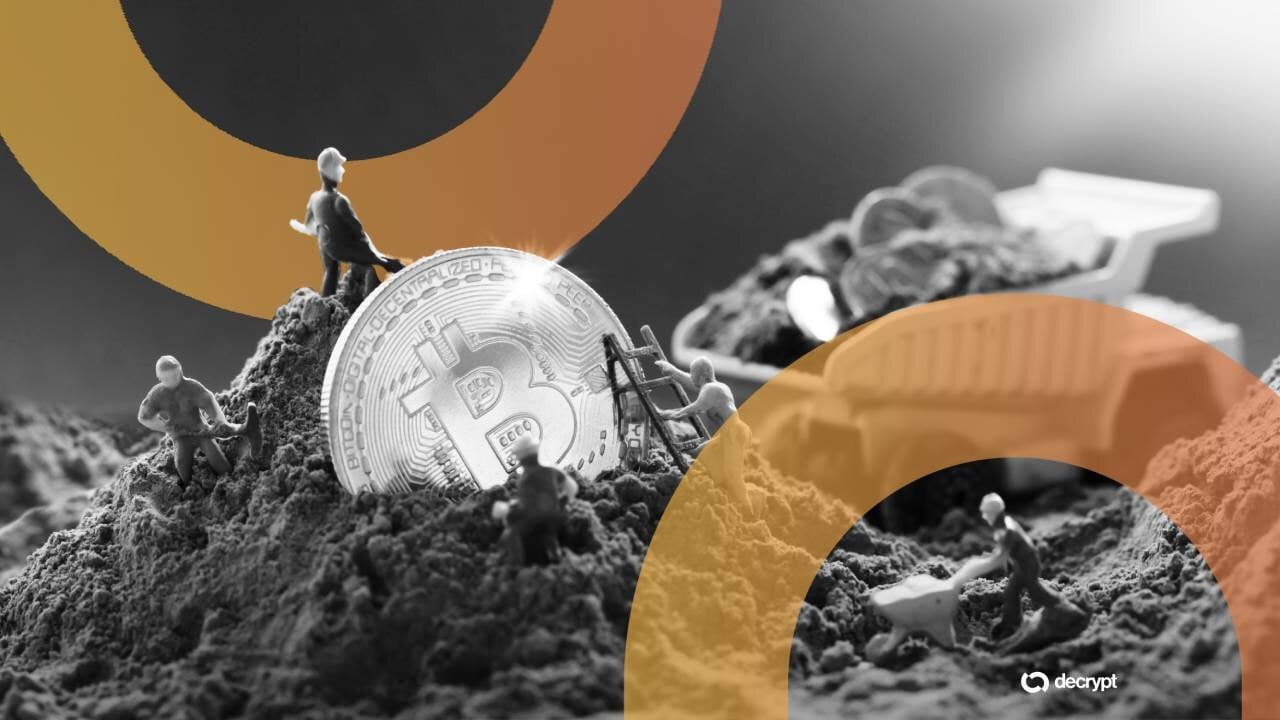Bitcoin Mining Difficulty Shatters Records—Here’s What It Means for Your Portfolio

Bitcoin's mining difficulty just blasted through another all-time high—and the network's never been stronger.
For miners? It's a brutal efficiency war.
The Hash Rate Arms Race
Higher difficulty means more computational power needed to mine each block. Older rigs get squeezed out. Profit margins compress. Only the most efficient operations survive.
Network Security Skyrockets
This isn't a bug—it's a feature. Rising difficulty equals stronger security. Attackers would need insane resources to challenge the chain. Bitcoin's fortress gets tougher to storm.
Miners Adapt or Die
They're upgrading hardware, chasing cheaper energy, forming pools. Innovation gets forced. Inefficiency gets punished. It's capitalism at its most raw—no central bank bailouts here.
Price Implications Loom
Miners sell coins to cover costs. Increased selling pressure can temporarily dampen price—but long-term, a secure network attracts more institutional money. Short-term pain for long-term gain.
Meanwhile, Wall Street still thinks 'difficulty' is how hard it is to explain Bitcoin to their compliance department.
A competitive mining sector
For Burnett, a rising difficulty measure is a sign of a healthy and competitive mining sector.
Like the Bitcoin halving, he said, rising difficulty “often forces less efficient miners to go offline, while professionalized miners with strong infrastructure and low-cost energy can thrive.”
While there are often concerns that rising difficulty can make mining less cost-effective for some firms, a high and rising Bitcoin price usually offsets any increase in operating costs, experts argued.
Digiconomist founder Alex de Vries told Decrypt that improvements in hardware efficiency can weaken any correlation between difficulty and electricity consumption, thereby keeping costs down for miners.
“As new generations of mining equipment come online, the amount of electricity consumed per unit of computation goes down,” he explained. “This means there is only an indirect relationship between hashrate and electricity consumption, and technically it’s possible for hashrate to keep rising while overall electricity consumption remains constant.”
Miners remain online—prices permitting
As such, the increase in Bitcoin’s difficulty may not result in professional miners going offline anytime soon, especially if Bitcoin’s price continues to set new record highs, as it did last month.
“There is a more direct relationship between mining revenues and electricity consumption, as increasing revenues will enable miners to spend more on electricity regardless of equipment efficiency (higher efficiency just means they can run more machines on the same budget),” added de Vries.
More generally, the increase in difficulty is a sign of how strong and secure the Bitcoin network is, and of how increasingly difficult it would be to pull off a dreaded 51% attack, as attempted on the Monero network last month.
“There's a very strong correlation between hash power and mining difficulty,” said Burnett. “As they both grow, the network becomes more secure and harder to attack.”

